
Interoperability — the ability of computer systems or programs to exchange information — continues to enrich the robotic environment. Even though the term interoperability has been known in the industry for a while, there is a clear lack of industry-wide adoption of the practice when it comes to mobile robot fleets.
There are two main factors driving the need for interoperability -- the growing demand for mobile robots and their increasing specialisation.
Growing demand
The robotics industry has been booming for a while and will continue to do so for many years to come. In fact, the global robotics market is projected to reach $209.38 billion by 2025, growing at a 26% CAGR. Not only will this create many new opportunities, but a great number of challenges will arise too, especially with autonomous mobile robot (AMR) adoption increasing at a fast pace.
With this increasing demand for robots, automation is gaining a lot of popularity in warehouses around the world. In fact, the warehouse automation market is forecasted to reach a value of $30 billion in 2026 at a 10.41% CAGR during the forecast period. That’s double the value it had back in 2019.
Specialization
With new technological advances, we can see higher levels of specializations of mobile robots. They are now being developed to serve more specific use cases. With robot sales hitting the roof, no manufacturer will be able to keep up with the demand. Instead, companies will need to deploy robots from multiple manufacturers in order to live up to their operational needs.
The result? Diverse robot fleets. We can already see many warehouses, logistic centers, hospitals and factories around the world deploying different types of robots that are often supplied by different manufacturers. For example, they will have a specific robot for lifting heavy items, another one for moving small items, one for security purposes, another for cleaning and so forth.
Here’s where the real problem arises. Each manufacturer will supply its robot with its own operating system. This means that as soon as a robot is introduced to a fleet with robots from one or more other manufacturers, these robots will not be able to communicate with each other. Besides, as robots become more autonomous, they need to begin to communicate effectively to avoid collisions, delays in operations and other serious accidents on the work floor.
Interoperability pain points
A case study found in Meili Robots’ recent report explores the pain points of interoperability.
As described in the case study, the project tested, adjusted and customized a fleet management solution for diverse mobile robot fleets at a Danish hospital. As expected, the main pain point turned out to be the inability of the robots’ own independent control systems to integrate into other systems — these included both the logistics system of the hospital itself and the operating systems of other robots within the fleet.
It is very clear that there is a need for one universal fleet management system that can provide an overview and information — including data analytics — of the entire fleet, regardless of their type or brand. Moreover, it is crucial that third-party robots’ locations, routes, speed, etc. can be controlled in a levelled way. Not only will this help avoid collisions or other accidents on the work floor, but it also optimizes operational efficiency.





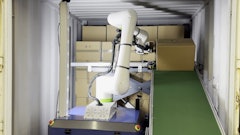
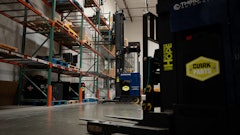



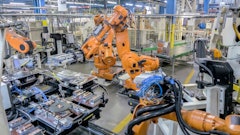

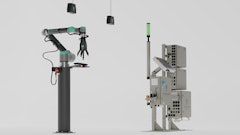


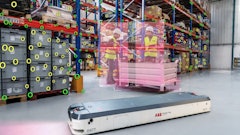



![Top Tech Logo Vertical [color]](https://img.sdcexec.com/files/base/acbm/scn/image/2023/12/top_tech_logo_Vertical__color_.656e286049642.png?auto=format%2Ccompress&fit=crop&h=135&q=70&w=240)
![2023 Top Software Color[vertical]](https://img.sdcexec.com/files/base/acbm/scn/image/2023/10/2023_TopSoftware_color_vertical_.653a8505cd258.png?auto=format%2Ccompress&bg=fff&fill-color=fff&fit=fill&h=135&pad=5&q=70&w=240)


![Top Tech Logo Vertical [black]](https://img.sdcexec.com/files/base/acbm/scn/image/2023/09/top_tech_logo_Vertical__black_.650b43c676e81.png?auto=format%2Ccompress&fit=crop&h=135&q=70&w=240)


